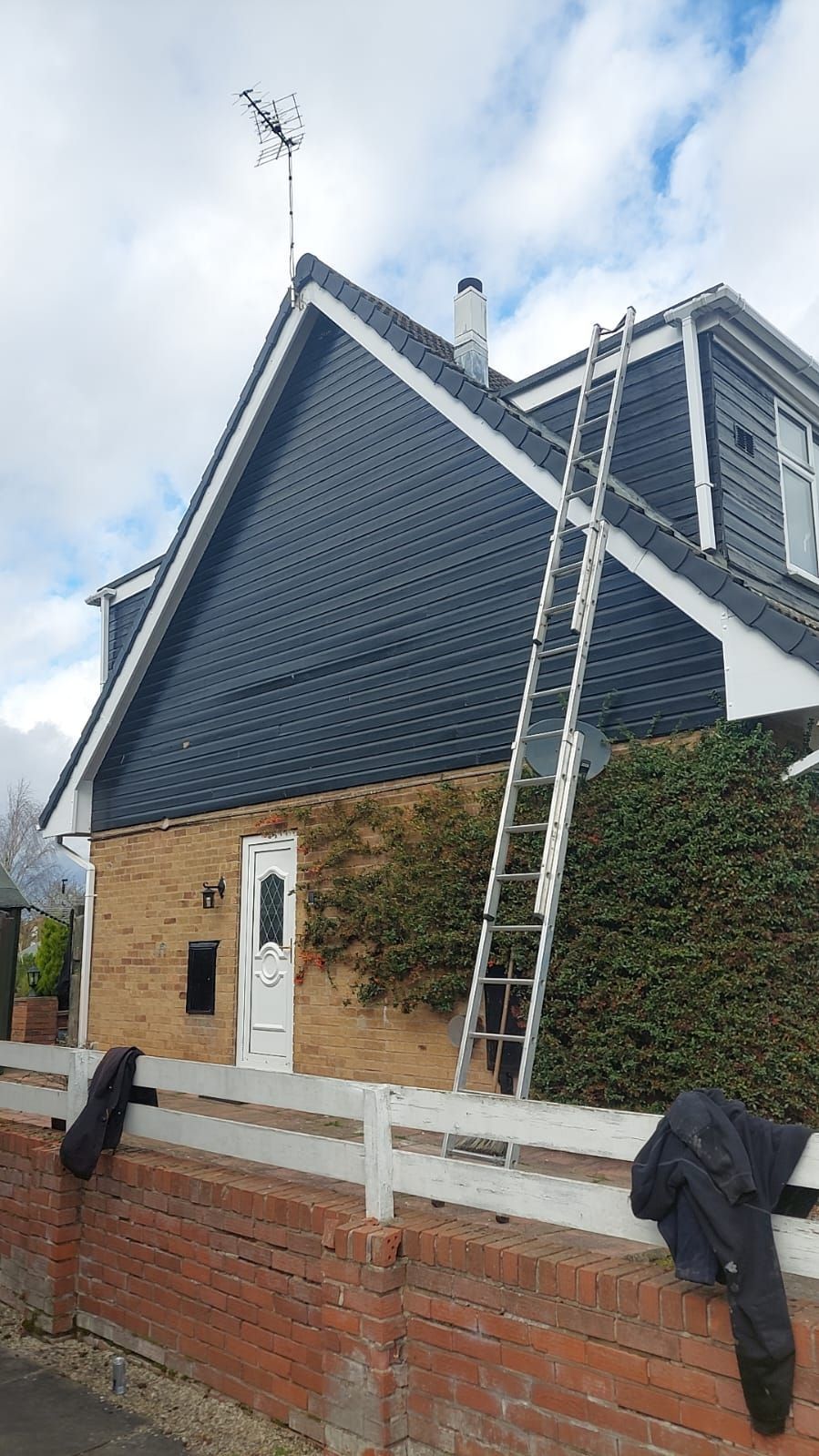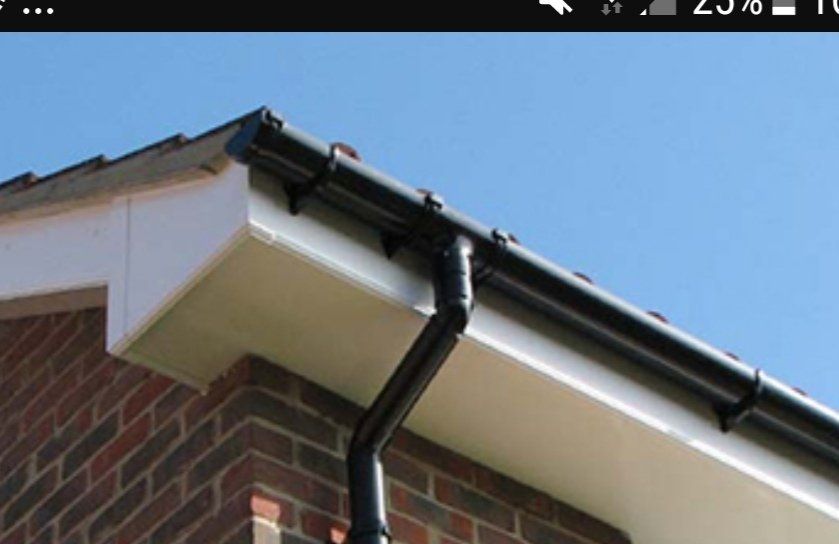All You Need to Know About Planning Permission for Roofing work in Nottingham
Are you planning to install a new roof in Nottingham and wondering whether you need to apply for planning permission? This blog post explains everything you need to know about filing for planning permission when replacing or installing a new roof in Nottingham. From legal requirements to fees and submission processes, get up-to-date with the particulars of getting your installation approved so that your project can proceed smoothly.
What is planning permission?
Planning permission is a legal document that grants authority to carry out development on land or in a building. It is granted by the local planning authority and outlines what types of activities are allowed on the property or land. It also sets out the conditions under which work can be carried out, how long it can take and how any changes must be monitored.
It is important to note that planning permission is not always required, as some types of development – such as minor alterations or repairs – may not need it. However, it is important to check with the local authority before making any changes to a property or piece of land.
Failing to apply for planning permission could result in fines or other legal action being taken against the property owner. It is also important to keep in mind that planning permission can be refused or withdrawn, so it is vital to ensure that all guidelines and regulations are adhered to.
Why is it important to achieve planning permission
Planning permission will give you assurance that all legal regulations are being met and any materials used are up to standard. This will help you to avoid fines and other legal action.
In addition, having planning permission gives potential buyers peace of mind if you decide to sell your property in future years. They'll know that the property is compliant with local planning legislation, which will appear of the property searches.
Getting planning permission can also save you time and money. By making sure all the details are right, you won't have to make costly changes or re-do any part of the project later. It's an investment that will pay off in the long run.
How to achieve planning permission?
Planning permission applications can be lodged with Nottingham City Council Planning Authority.
When applying for planning permission, it is important to ensure that all relevant information has been included in the application. This includes a detailed description of your proposal, plans that clearly indicate what you wish to do and any documents that may be relevant to the application. In some cases, you may also need to provide additional evidence such as photographs or expert survey reports.
The council will then assess your application against their own standards and policies as well as any national regulations which are applicable
Failing to apply for planning permission could result in fines or other legal action being taken against the property owner.
Which roofing projects will require planning permission in Nottingham?
Any roofing project that significantly affects the external appearance of a building may require planning permission. This includes alterations such as: changing the angle or pitch of a roof; adding a new roof extension; changing the height of a roof; erecting new dormer windows; and fitting false chimneys. Additionally, if you plan on putting up antennas or solar panels on your roof, you may need to get approval from your local council.
In general, listed buildings will require planning permission for roofing work in order to preserve the integrity of the building structure and its aesthetics. This is because alterations made to a listed building have the potential to significantly change its appearance and character, often impacting negatively on its historical value and significance.
Roofing work in a conservation area will usually require planning permission from local authorities and Historic England due to its potential effect on the character of the area. Planning permission may only be granted if it meets the requirements for roofing works such as visual impact, use of materials and protection of the environment.
A guide to listed buildings and conservation areas within Nottingham can be found here
What are the different types of planning application?
Local authorities process planning applications in two different ways, which depend on the type of application. The two types of planning applications are: full planning permission and outline planning permission.
Full planning permission covers comprehensive details regarding a proposed building project and is usually granted if an application meets all the requirements set out by local governance. Outline planning permission is requested when the applicant does not have a complete plan for their building project yet. This permission will allow them to develop on the land, as long as they adhere to certain restrictions and guidelines set out by local governance.
What is a pre-planning application?
A pre-planning application allows local authorities to make a preliminary assessment of the proposals and determine whether they comply with planning regulations. Pre-planning applications can also help to speed up the process by enabling early engagement with stakeholders, including local residents and businesses, who may have an interest in the project.
A pre-planning application also helps to save on costs for submitting a full planning application that may ultimately be rejected.
How much does a planning application cost?
The cost of a planning application in Nottingham varies depending on the type and complexity of the proposal. Generally, an application for householder development such as a single-storey extension or loft conversion will cost £172. For larger developments such as new builds, it is usually £342. Planning applications for listed buildings, advertisements or telecommunications installations are £510. If you are unsure about the cost of your planning application, you can contact the Development Control Section at Nottingham City Council for further information
How long does it take to get planning approval?
The time it takes to achieve planning permission can vary greatly from project to project and also depends on the local authority that is processing the application. For example, it may take up to 12 weeks or more, so it is important to factor in any potential delays when making an estimate of when planning permission will be gained. Generally speaking, it is recommended to plan for at least four months from start to finish for the planning application process.
What to do if the planning application for your roof is rejected?
If you don't receive planning permission for your roofing work, there are still a few options available to you. Firstly, you may also consider making an appeal if you feel that your application has been unfairly refused. The appeal will need to be submitted within a certain timeframe (usually 6 months) and should include all relevant evidence such as drawings, photographs and any supporting statements from professionals such as architects or surveyors.
It is also possible to make minor alterations to the plans after they have been submitted, such as changing the materials used or making slight adjustments to the design. If you are able to do this, it may be possible to receive approval for your roofing work without having to submit a new application.
Ultimately, if all else fails and you still do not receive planning permission for your roofing work, it is best to contact Nottingham Council Planning department for further advice on how to proceed. They should be able to provide you with more information about what can and cannot be done in terms of carrying out building works without formal approval from the Planning Department.
How to appeal a planning decision?
Before making an appeal, it might be beneficial to discuss informally the reasons why you disagree with the decision with an officer at the council's planning department. If they understand your argument and agree, this can help speed up and simplify any appeals.
In England and Wales there are two types of appeal: written representations or a public inquiry. Written Representations involve submitting your case in writing directly to either the Secretary of State or the Planning Inspectorate, who will make a decision about the application. Alternatively, for more complex cases, or those with wider implications, you may opt to have your case heard at a Public Inquiry where both sides of the argument can be heard and assessed by an Inspector appointed by the Secretary of State.
If you decide that you wish to appeal then it is important that you meet any deadlines given in order to do so and prepare a strong case for why the planning permission should be granted. Make sure to provide evidence such as witness statements from qualified professionals if applicable. It is also possible to seek professional legal advice before making an appeal which can help ensure all relevant information is taken into consideration when making your submission.
Summary
All in all, it is best to check with the local Nottingham planning authority before starting any roofing work. By understanding the process and what documentation you need, you can avoid any delays or problems down the road. If you need help with your roofing work in Nottingham, call Roofers Nottingham today. We are experts in all aspects of roofing and can help you get the job done quickly, efficiently, and up to the relevant standards.
You might also like



